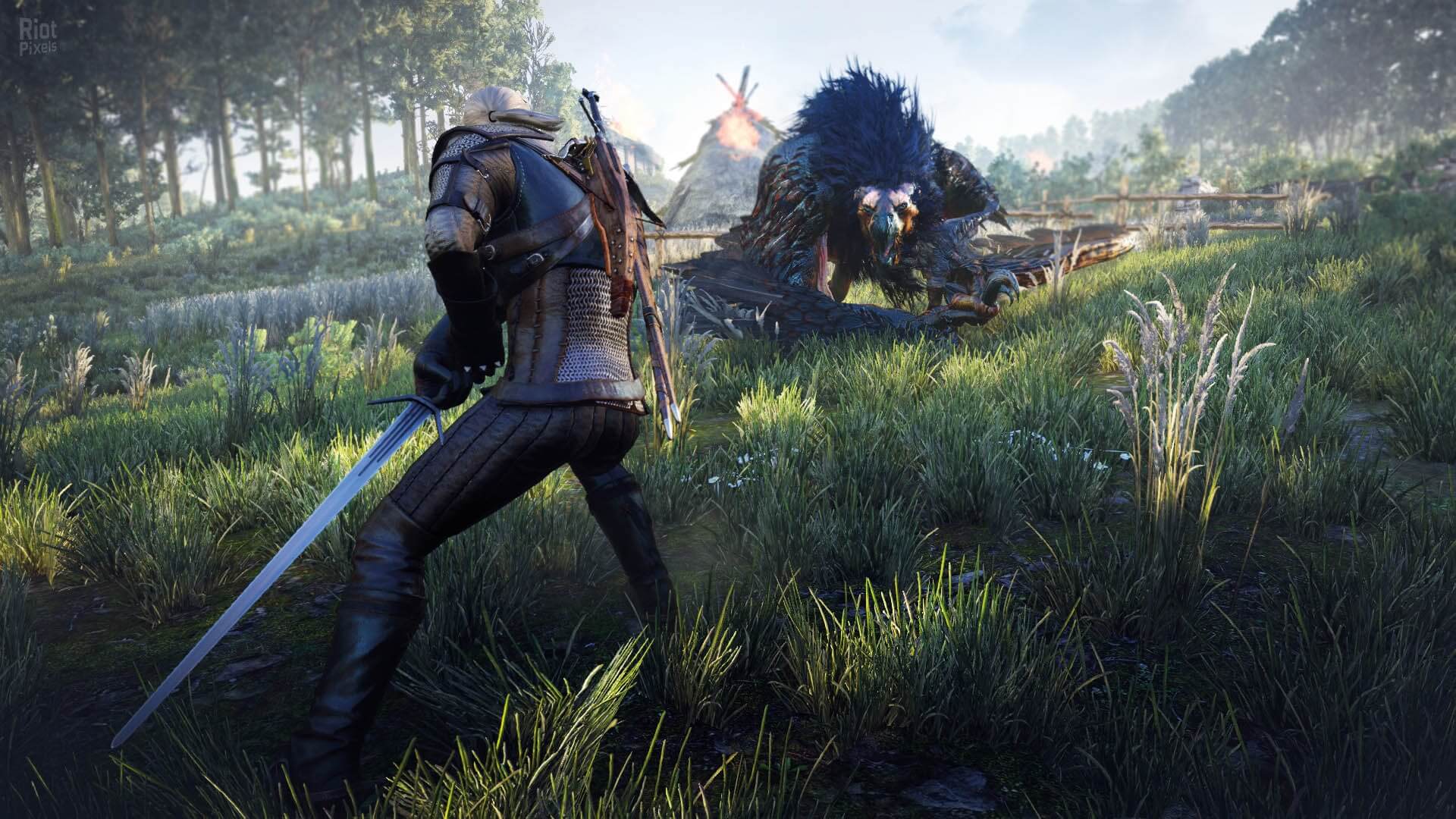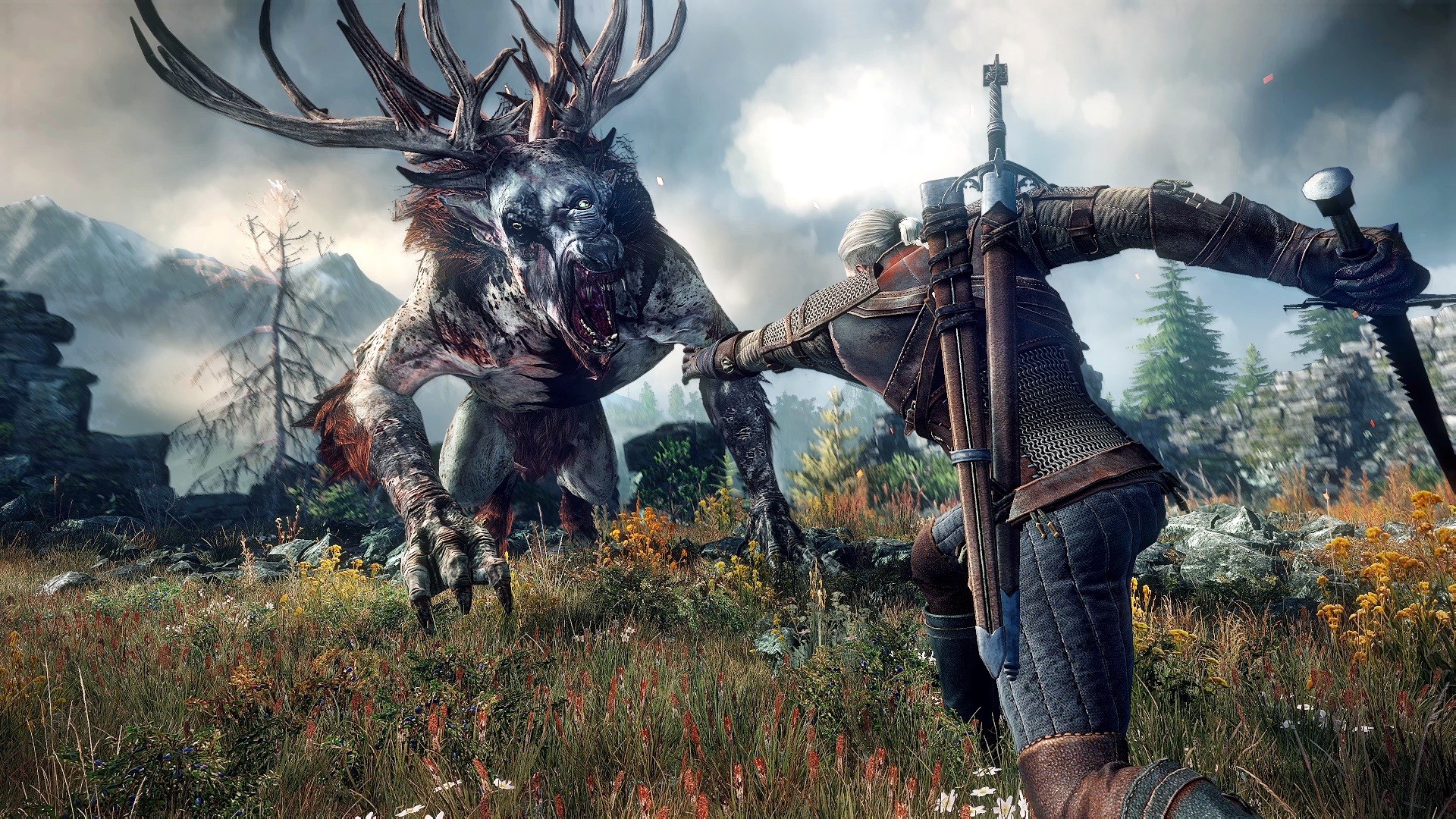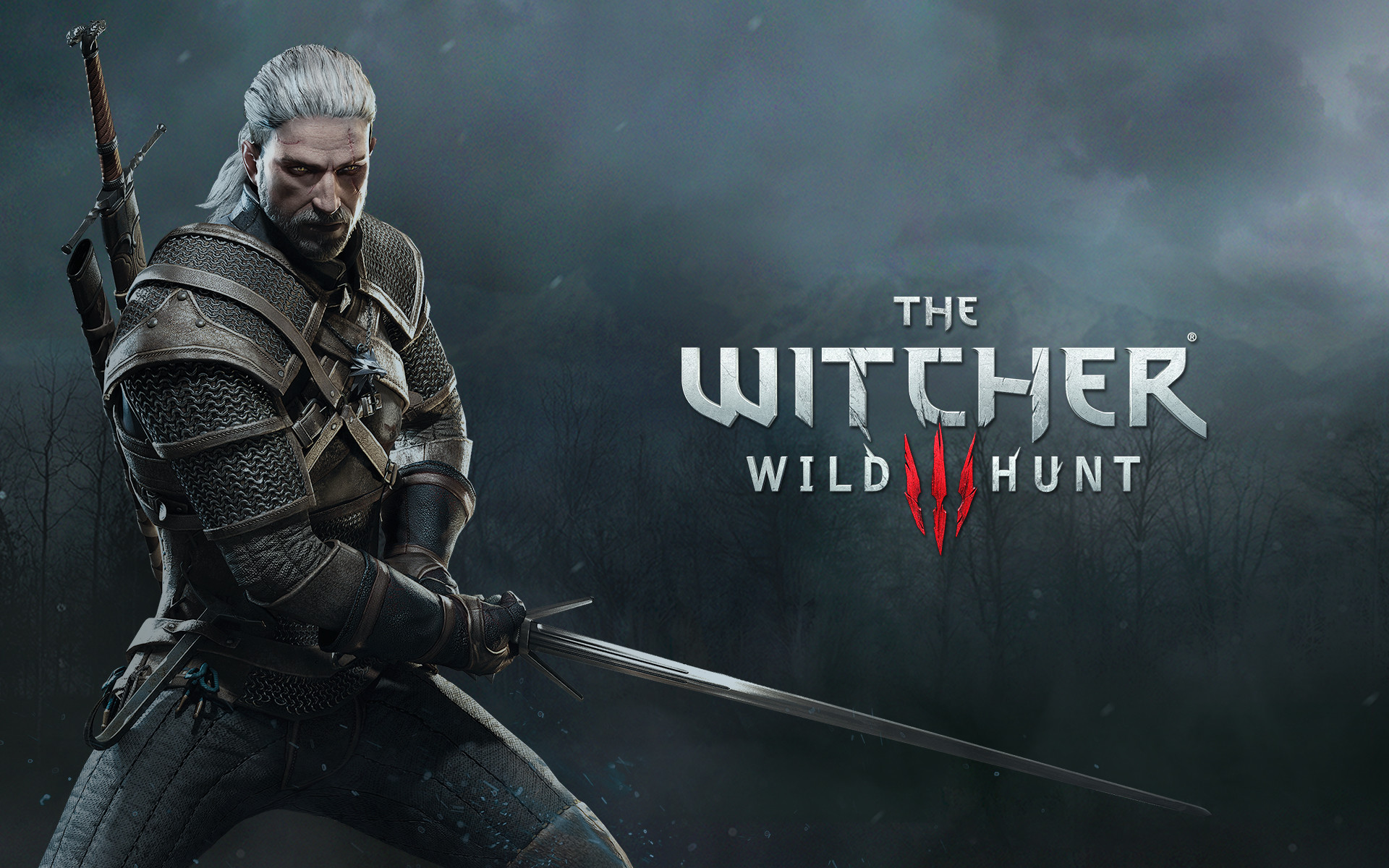When “The Witcher 3: Wild Hunt” was released in 2015, it was immediately recognized as a masterpiece of narrative-driven gaming. Set in the sprawling, war-torn lands of The Continent, players take on the role of Geralt of Rivia, a monster hunter – or Witcher – embroiled in a quest of both personal and geopolitical dimensions.
Beyond its complex characters and morally gray choices, what makes “The Witcher 3” stand out is its deep roots in Slavic mythology. While the game draws inspiration from various sources, its Slavic undertones offer a fresh perspective in the fantasy genre.
Noir in Nature: The Creatures
At the heart of the Slavic influences are the game’s myriad monsters and spirits. Take, for example, the Leshen – a creature derived from the Leshy, a forest spirit in Slavic folklore. Traditionally depicted as a protector of the animals, the Leshy can lead travelers astray, making them lost in the forest forever. Similarly, in the game, the Leshen uses crows and animals as its eyes and ears, and its presence is often signified by unsettling whispering sounds, making it one of the game’s more terrifying adversaries.
The Botchling is another direct lift from Slavic myth, inspired by the creature known as “Poroniec” in Polish folklore. They are the spirits of stillborn infants, which, if not given a proper burial, return to haunt the living. The heart-wrenching quest associated with the Botchling in “The Witcher 3” emphasizes the tragic origins of this creature, creating one of the game’s most memorable storylines.
Culture and Traditions
Skellige, one of the major regions in the game, bears resemblance to the Norse and Celtic traditions, but it’s also deeply influenced by Slavic sea myths. The tales of the dangerous sea maidens and eerie druidic rituals in the game are reminiscent of old Slavic beliefs.
The holiday of Saovine, featured in the game’s “Hearts of Stone” expansion, is a nod to the Slavic celebration of “Dziady,” an ancient Slavic feast commemorating the dead. In both the game and the folklore, it’s a time when the veil between the living and the dead is thinnest.
A World Steeped in Myth
While the game’s main storyline revolves around political intrigues and a search for Geralt’s surrogate daughter, Ciri, the side quests and the world’s lore are where Slavic myths come to the forefront. From the cursed “Spotter,” a creature resembling the Slavic Domovoi, to the tales of love, betrayal, and witchcraft in Velen, “The Witcher 3” offers a deep dive into the folklore that has shaped Eastern European cultures for centuries.
“The Witcher 3: Wild Hunt” stands as a testament to the richness of Slavic mythology. By weaving these tales and beliefs into the fabric of its world, the game offers an experience that is both unique in its cultural depth and universal in its exploration of human nature. In doing so, it has set a standard for future games aiming to integrate real-world folklore into their narratives.
